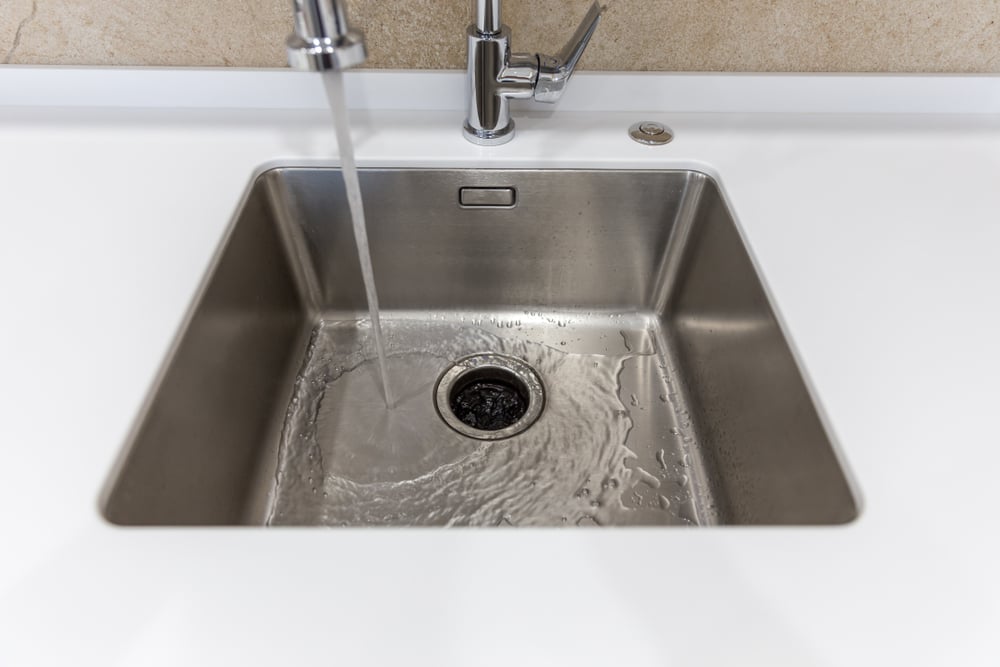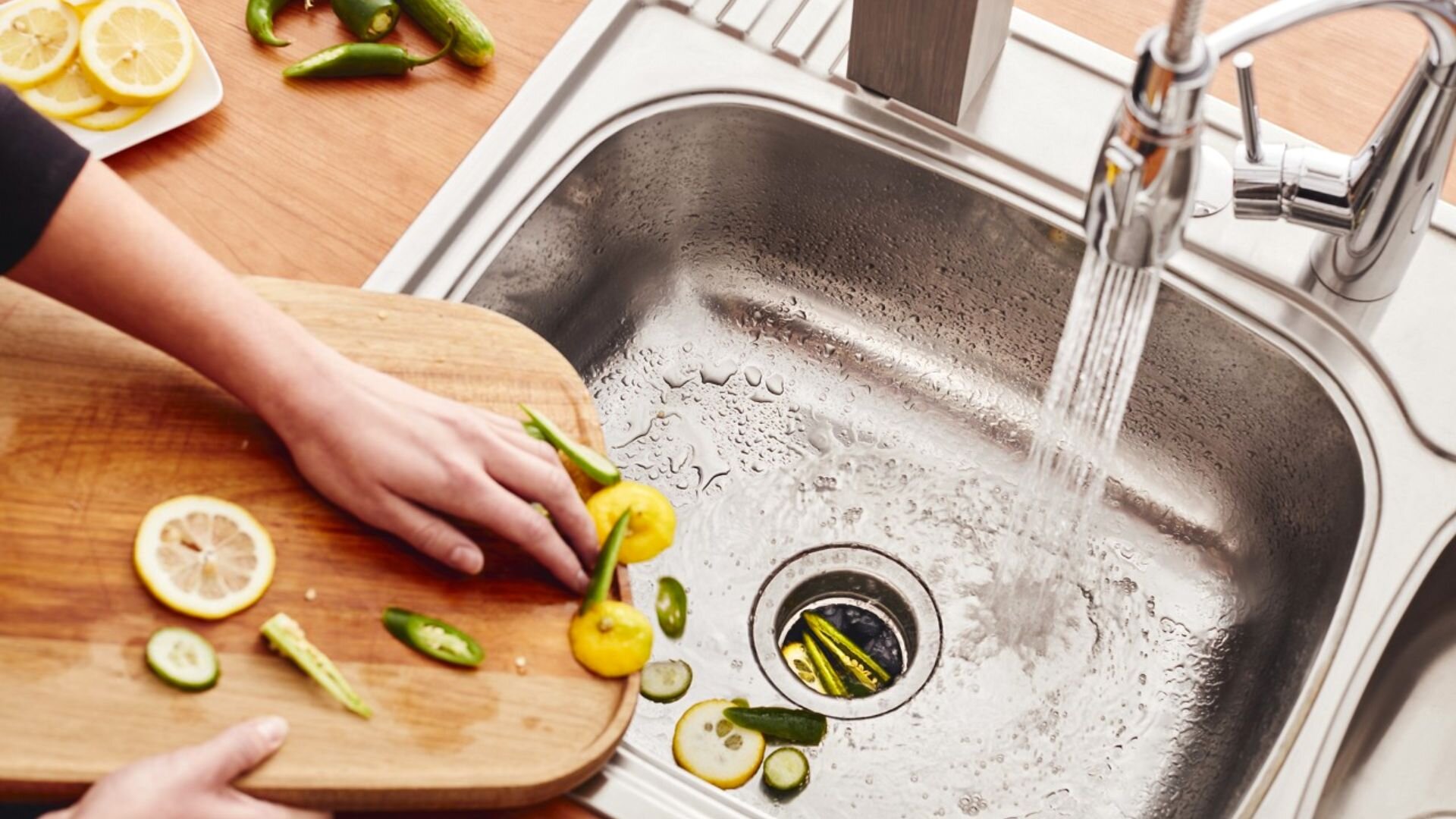Recommended Methods for Resolving a Leak in Your Garbage Disposal
Recommended Methods for Resolving a Leak in Your Garbage Disposal
Blog Article
We've found this great article about Why Is My Garbage Disposal Leaking From the Bottom? directly below on the internet and felt it made sense to discuss it with you over here.

Garbage disposals are important kitchen area home appliances that aid in taking care of food waste effectively. However, a leaking waste disposal unit can be an aggravating and messy issue to manage. Luckily, several leaks can be taken care of quickly with a couple of easy actions. In this write-up, we will talk about exactly how to fix a dripping waste disposal unit properly.
Introduction
Garbage disposals are installed under cooking area sinks and are developed to shred food waste right into smaller sized items, permitting it to travel through the pipes system conveniently. While these gadgets are normally reliable, leakages can occur gradually because of wear and tear, loosened links, or damage to the unit.
Step-by-Step Guide to Repairing a Leaking Waste Disposal Unit
Switch off the Power
Before attempting any type of repair work, guarantee that the power to the garbage disposal system is switched off to avoid the risk of electric shock.
Situate the Leakage
Recognize the exact place of the leakage and determine the cause
Tighten Links
Use a wrench to tighten up any type of loosened connections in between the disposal device and the plumbing system.
Change Seals or Gaskets
If the leak is due to worn seals or gaskets, eliminate the old parts and replace them with brand-new ones.
Patching Cracks or Openings
For cracks or openings in the disposal device, use epoxy or an ideal patching material to secure the damaged location.
Recognizing the Resource of the Leak
Prior to trying to repair a leaking waste disposal unit, it is necessary to determine the source of the leakage. This can usually be done through visual inspection or by performing straightforward tests.
Visual Inspection
Inspect the waste disposal unit device thoroughly for any indications of water leak. Pay very close attention to locations around seals, gaskets, and link points.
Checking for Leakages
One method to examine for leakages is by running water through the disposal device and looking for any noticeable indications of leak.
Usual Causes of Leakages in Garbage Disposals
Worn Seals and Gaskets
Seals and gaskets play a vital function in protecting against water from leaking out of the waste disposal unit. Gradually, these parts can wear away, leading to leaks around the disposal unit.
Loose Connections
The connections in between the waste disposal unit and the plumbing system can become loosened over time, creating water to leak out during operation.
Fractures or Openings in the Disposal Unit
Physical damage to the waste disposal unit, such as splits or openings in the housing, can likewise result in leakages.
Devices and Products Needed for Dealing With a Leaking Garbage Disposal
Before beginning the repair service procedure, collect the essential devices and materials, including a screwdriver, adjustable wrench, plumbing's putty, replacement seals or gaskets, and epoxy or patching product for fixing cracks or holes.
Checking the Garbage Disposal After Fixing
As soon as the repair work is full, evaluate the waste disposal unit by running water via it to guarantee that the leak has actually been dealt with.
Preventive Upkeep Tips to Stay Clear Of Future Leakages
To avoid future leakages, it is necessary to execute normal upkeep on your garbage disposal. This consists of keeping it clean, preventing placing non-food items or hard items down the disposal, and regularly looking for leakages or various other concerns.
Final thought
To conclude, repairing a leaking waste disposal unit is a relatively uncomplicated process that can be finished with basic devices and materials. By following the actions described in this short article and exercising precautionary maintenance, you can maintain your waste disposal unit in good working problem and stay clear of expensive repair services in the future.
What to Do About a Leaking Garbage Disposal
A leaking garbage disposal often goes unnoticed until you confront a sopping cabinet, a foul-smelling puddle, or an audible drip-drip-drip from the unit. The fix can be frustrating, too, because the leak can stem from a number of components in the system. Fortunately, with a little sleuthing, you can zero in on the leak and—depending on the exact location—stop the icky oozing and repair the component that caused it. Worst case scenario, if it turns out that the garbage disposal must be replaced, installing a new one is a reasonable do-it-yourself task for those with basic plumbing skills. Read on to keep the cash you’d otherwise hand over to a pro.
Prepare to find the leak
Prior to testing the garbage disposal for leaks, unplug it at the wall outlet and turn off the power from the breaker box to prevent electrical shock. Then insert a watertight sink stopper into your sink drain and wipe the unit dry with a clean cloth. In any handy container, mix a few drops of food coloring into a few cups of water, and pour the dyed water onto the sink stopper to help you locate the leak.
Investigate the source
the top, where the disposal meets the sink drain the side, where the dishwasher hose or main drain pipe connects to the disposal or the bottom of the unit Inspect each of these locations while gliding a light-colored rag over the unit; the dyed water will readily show on the rag and reveal the location of the leak. If a leak isn’t immediately apparent, remove the sink stopper and pour a few more cups of dyed water down the sink drain, then check for leaks again. Leaks near the top of the unit are more likely to show themselves while the sink is plugged, while side and bottom leaks are more noticeable while the sink is unplugged.
The metal sink flange that sits directly inside the sink drain is typically sealed around the top with plumber’s putty (a clay-like sealant) and then secured from under the sink with bolts. If the plumber’s putty deteriorates, or the bolts loosen, the flange can no longer form a watertight seal between the sink drain and the disposal—which could cause a leak at the top of the unit.
To reseal the leaky flange, you must first detach the garbage disposal. Start by loosening the screws securing the main drain pipe to the disposal, then loosen the screws in the metal clamp securing the dishwasher hose to the disposal and detach the drain pipe and dishwasher hose from the disposal. Loosen the screws in the mounting ring that connects the disposal to the metal mounting assembly beneath the sink, then pull down the disposal and carefully set it on a clean, dry surface. Loosen the bolts in the mounting assembly with a wrench, then pull down the mounting assembly and set it near the disposal.

I'm very interested in The Handy Guide To Fixing Your Garbage Disposal Leaking and I am assuming you appreciated our post. Are you aware of anybody else who is excited by the topic? Do not hesitate to promote it. Thank you for going through it.
Schedule Report this page